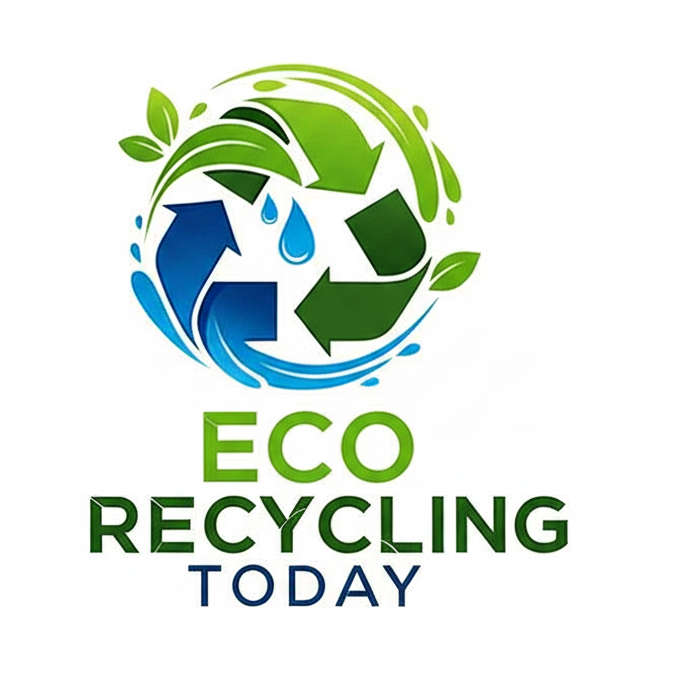The growing demand for sustainable solutions in the fight against plastic pollution has led to the rise of innovative technologies, and one such solution is the plastic washing system. But what exactly is it, and how does it contribute to a greener planet? In this article, we'll break down what a plastic washing system is, how it works, and why it’s an essential part of the recycling process.
What Is a Plastic Washing System?
A plastic washing system is a specialized machinery setup designed to clean plastic waste, preparing it for further recycling processes. These systems are critical in removing contaminants such as dirt, labels, adhesives, oils, and other impurities from discarded plastics.
By ensuring that plastic waste is thoroughly cleaned, these systems enhance the quality of recycled plastic, making it suitable for manufacturing new products.
Why Is Plastic Washing Important?
Recycled plastics often come from various sources, including post-consumer waste (e.g., bottles, packaging) and industrial scraps. These plastics are typically dirty, mixed with residues that can degrade the quality of the recycling process. If not cleaned properly, impurities can lead to:
- Weakened recycled material
- Higher processing costs
- Limited applications for recycled plastic
- Thus, plastic washing systems are indispensable for creating high-quality recycled materials that meet industry standards.
How Does a Plastic Washing System Work?
1. Sorting and Pre-Washing
The process begins with sorting the plastic waste. Automated or manual sorting systems separate plastics by type (e.g., PET, HDPE, PP) and color. Pre-washing removes loose dirt, food residues, and other large contaminants.
2. Shredding
After initial cleaning, the plastics are shredded into smaller pieces. Shredding increases the surface area for more efficient cleaning and prepares the material for subsequent stages.
3. Washing
The core of the system, this step involves several types of washing processes:
- Cold Water Wash: Removes lighter dirt and debris.
- Hot Water Wash: Dissolves grease, adhesives, and stubborn contaminants.
- Chemical Washing: Optional but effective for removing oils or residues that water alone cannot eliminate.
4. Friction Cleaning
Using high-speed rotating machinery, the friction cleaning stage scrubs the plastic pieces to remove stubborn contaminants.
5. Rinsing and Drying
Cleaned plastic is rinsed with fresh water to remove any remaining dirt or cleaning agents. The material is then dried using high-speed centrifuges or hot air dryers, ensuring it’s ready for further recycling.
Applications of Plastic Washing Systems
Plastic washing systems are used across various industries and recycling facilities. Common applications include:
- Recycling PET Bottles: Turning used bottles into new ones.
- Plastic Film Recycling: Cleaning agricultural and industrial plastic films.
- Post-Consumer Waste Recycling: Preparing mixed plastics from municipal waste for reuse.
A plastic washing system is a cornerstone of modern recycling technology. By effectively cleaning and preparing plastic waste for reuse, these systems play a crucial role in advancing a circular economy and combating plastic pollution. As industries and governments continue to prioritize sustainability, the adoption of plastic washing systems will likely become more widespread, paving the way for a cleaner, greener future.
Investing in or supporting the use of plastic washing systems not only promotes environmental conservation but also drives innovation in waste management and recycling. Together, we can make a significant impact in reducing plastic waste globally.
